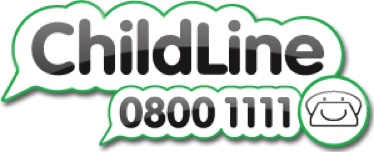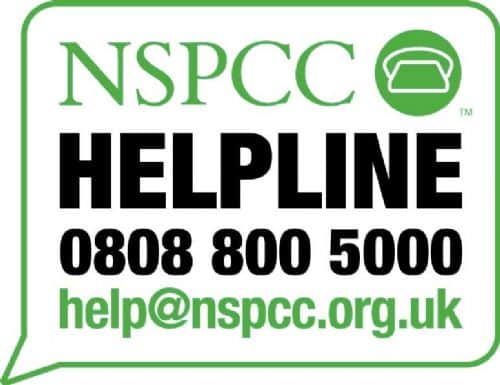Online Sexual Abuse and Exploitation
What does online sexual abuse and exploitation mean?
Child sexual abuse does not always involve physical contact and can happen online. Non-contact abuse involves acts where the abuser does not touch the young person. This includes grooming and exploitation such as coercing young people into performing sexual acts over the internet as well as flashing.
Young people can become the victims of abuse on the internet through social networking sites and apps such as Facebook, Snapchat, Instagram and also online games.
CEOP have seen an increase in cases of sexual abuse which takes place solely online. In these cases, the young people involved may never meet the offender face to face, all of the abuse could take place over the internet – via images, webcam or live streaming. Students must be careful of all communications shared online.
Grooming is when someone builds a trusting relationship and emotional connection with a child or young person. Children and young people who are groomed can be sexually abused and exploited.
Offenders use a wide range of methods to communicate with children. They may contact them through playing online games or by commenting and liking photos/ information shared on social media platforms.
Students must never communicate with people they do not know online and keep all accounts private so only agreed friends can communicate with them.
A tactic used by offenders is to trick or persuade a young person to share indecent content on webcam or live streaming platforms. This may happen after the groomer has established a relationship with the young person through communication online.
What is 'sexting'?
Youth produced sexual imagery (sexting) is when someone sends a sexually explicit photograph or video of themselves via their mobile phone or online. This behaviour is being normalised amongst many groups of teenagers who believe it to be fun or a way of flirting to get the attention of others.
There has been an increase in teenagers and young people sending messages of a sexting nature. Camera phones and simple communication methods mean some young people are easily sending messages of a sexual nature in the privacy of their homes. However, they can be pressured and coerced into taking and sending images by others. Young people must remember that once they send any type of message, there is no way of getting it back and they have lost control of the content.
Peer pressure can be a daunting stress for young people. It’s important they understand that if they feel forced or pressured into doing something they consider the consequences or embarrassment it may cause to them. If they have doubts about taking or sending an image or other forms of inappropriate communication then they should not engage in it and seek help.
Most young people have not developed the maturity to manage any sexting pressures they may experience. It is important they understand that it is not a normal part of life and sending, receiving or being in possession of a sexually explicit photograph of a minor is against the law.
Why would a young person engage in sexual acts or share pictures and videos online?
It is important to remember that young people groomed for sexual exploitation online have usually been tricked or coerced into acting in the way they have. As a parent or carer this situation can be very upsetting but it is important to remain supportive and help the young person seek advice and guidance.
Always report your concerns to CEOP or directly to the police. Parents and carers can seek support and guidance from school.
Some young people may use social media platforms to post pictures of themselves hoping to receive interest and comments from others. They may view this as a natural activity online but there are some very real risks and they should be encouraged to not act in this way. Children must understand the risks of this behaviour, it is important that they they are conscious of the pictures and videos they post and ensure that their personal pages have the required security setting.
What can the consequences of sexting be and what advice can parents give?
Young people may regret sending images which may cause embarrassment or shame. The receiver of the image may share the content with others which can lead to a high level of distress. Depression and anxiety caused by sexting can lead some to unhealthy coping mechanisms such as self-harming or isolation.
It is important to remain calm and remember a young person in this situation is likely to be in distress. Talk to them about the incident and find out why they sent the message they did and who to. It is also important to discuss if the content has been shared with others and who may have access.
Parents or carers may also consider changing the young person’s phone number and monitoring their use of online activity.
Offer your support, this is a potentially very distressing time for them. Contact the school if you require help and advice. School staff can support the child and also monitor them in school.
If you believe the young person was pressured into sending an explicit message or you have serious concerns about the person who received it you must contact CEOP and/or the police.
If you are concerned they are not coping with the situation then book an appointment with your GP. You may guide them towards confidential helplines where they can receive help. Examples of these are Childline or the NSPCC.



